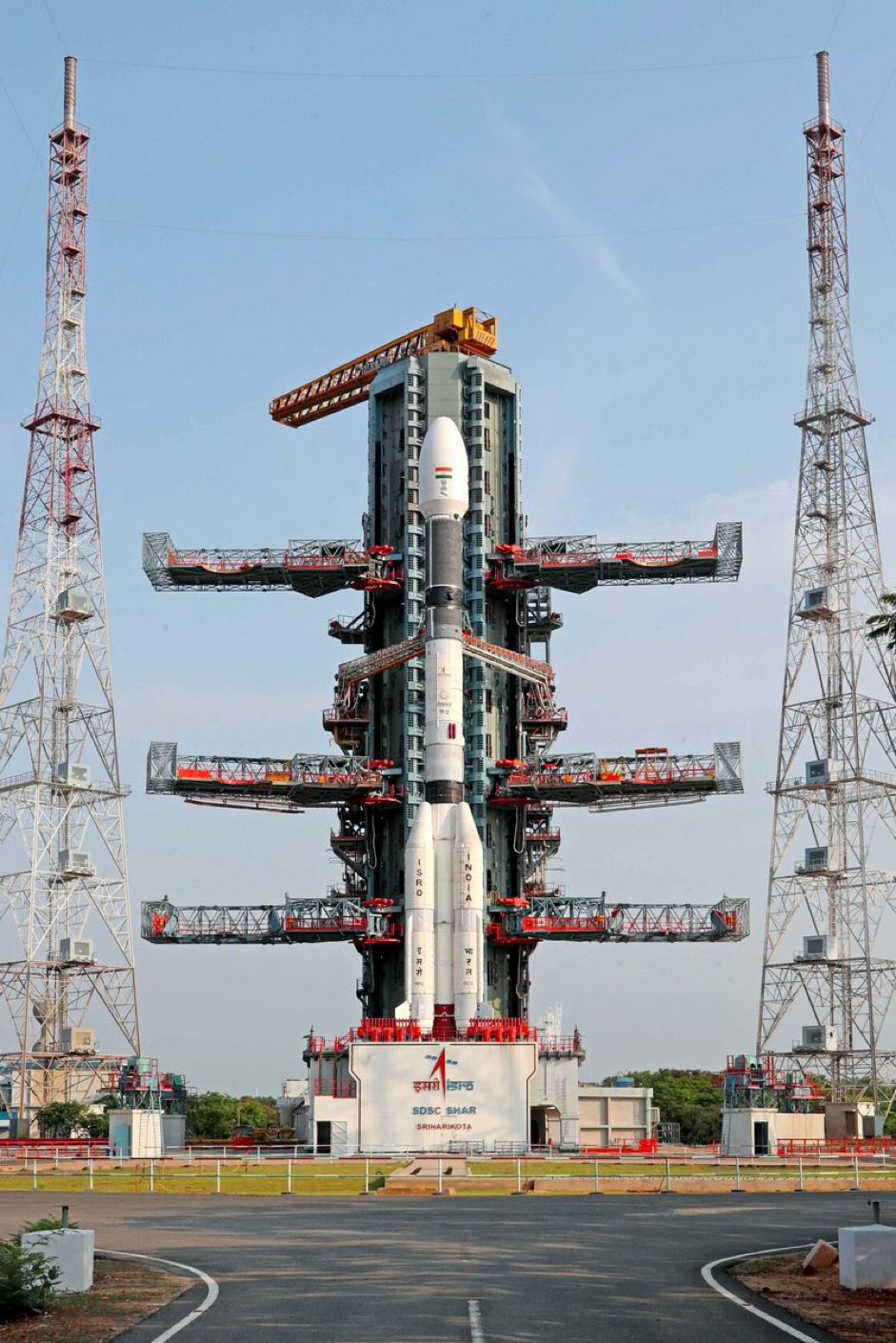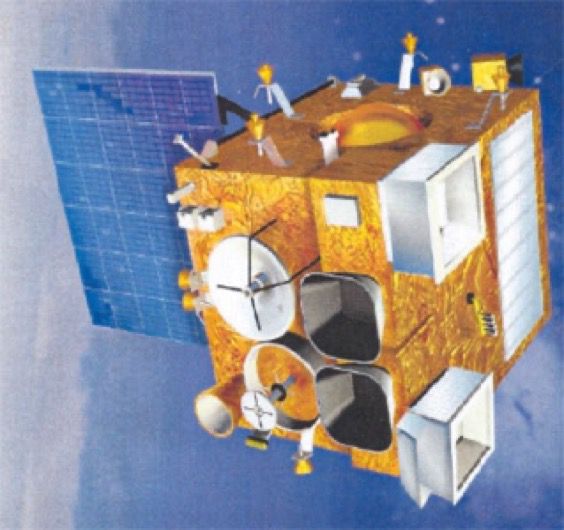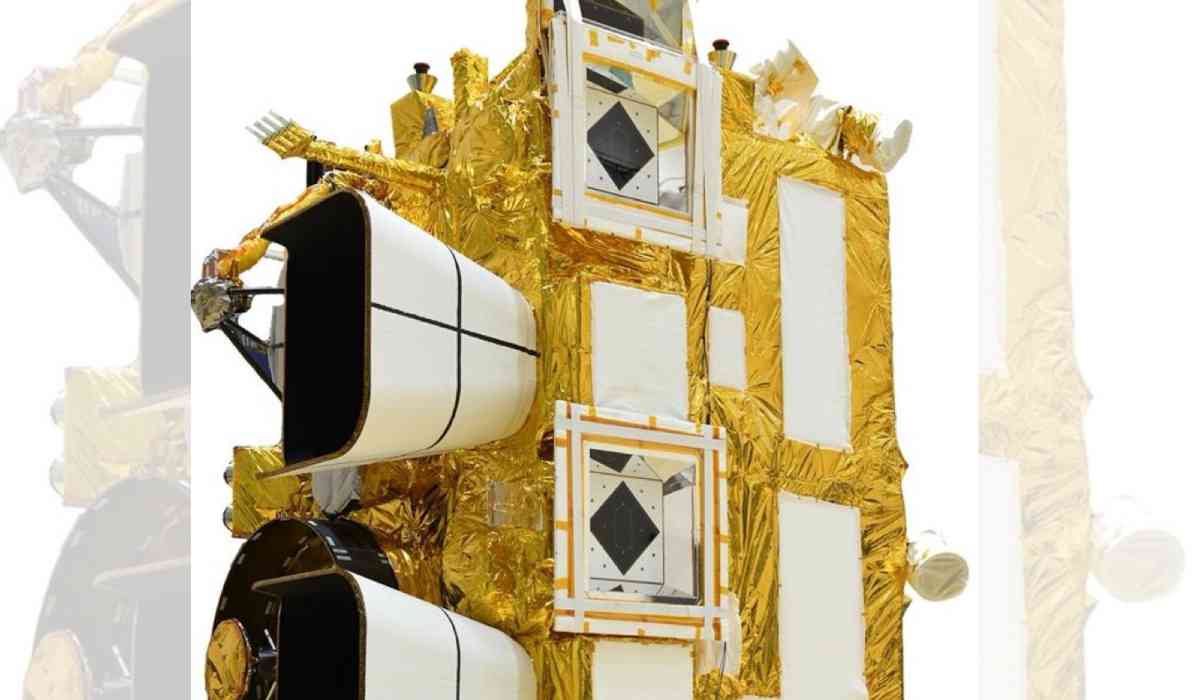Indian Space Agency, ISRO has revealed that INSAT-3DS, its advanced meteorological satellite, is ready for its upcoming launch on GSLV F14, as it has been dispatched to the Satish Dhawan Space Centre (SDSC) SHAR at Sriharikota. The satellite underwent precise assembly, integration, and testing at the U R Rao Satellite Centre in Bengaluru, showcasing successful collaboration with Indian industries.
INSAT-3DS is a user-funded project, supported by the Ministry of Earth Science (MoES), and is set up around ISRO's I-2k bus platform, with a lift-off mass of 2,275 kg. According to ISRO sources, the space agency is eyeing a mid-February launch for INSAT-3DS. No exact date has been disclosed yet.
The satellite started its journey from the SDSC-SHAR launch port in Andhra Pradesh on January 25, adding it to a Pre-Shipment Review (PSR) with the active participation of members from the user community.

ISRO’s Next Launch: INSAT-3DS
ISRO emphasises that INSAT-3DS will enhance the overall capabilities of the INSAT system. ISRO stated "INSAT-3DS is an exclusive meteorological satellite realised by ISRO with the primary objective to provide continuity of services to the existing in-orbit INSAT-3D and 3DR satellites and significantly enhancing the capabilities of the INSAT system.”
INSAT-3DS is equipped with cutting-edge payloads, including a 6-channel Imager and 19-channel Sounder for comprehensive weather monitoring.
INSAT-3DS can contribute significantly to meteorological observations, to monitor land and ocean surfaces for weather forecasting, and strengthen disaster warning systems.
It features vital communication payloads such as the Data Relay Transponder (DRT) and Satellite-aided Search and Rescue (SAS&R) transponder.

The DRT instrument plays a crucial role in receiving meteorological, hydrological, and oceanographic data from automatic Data Collection Platforms and Automatic Weather Stations, thereby augmenting weather forecasting capabilities. The SAS&R transponder enhances global search and rescue services by relaying distress signals and alert detections from beacon transmitters.
2024 Agenda of ISRO, aims for a minimum of 12 launches. Earlier this month, ISRO successfully launched the polarimetry mission XPoSat and the placement of India's first space-based solar observatory, Aditya-L1, into its designated orbit at Earth-Sun's Lagrange point 1.
(Inputs from other Agencies)
Photo: X
©️ Copyright 2024. All Rights Reserved Powered by Vygr Media
























